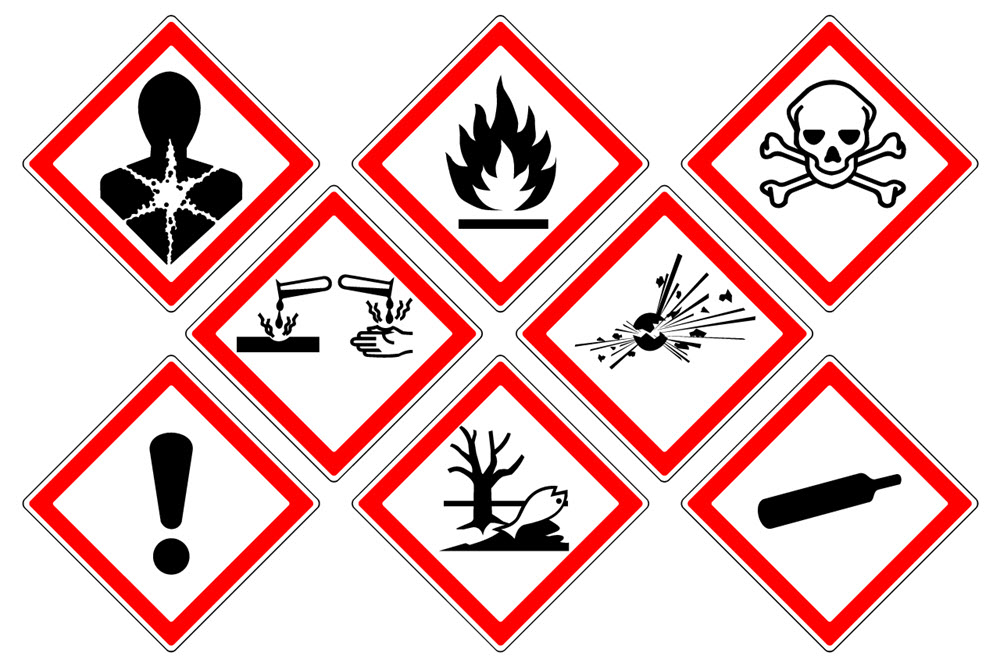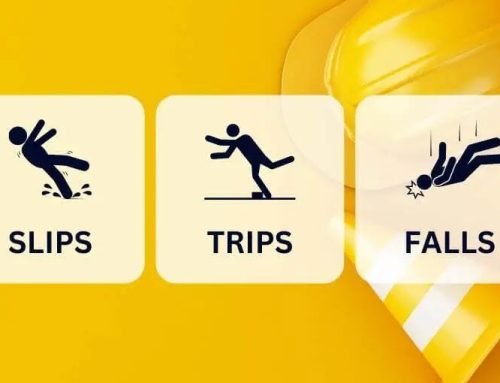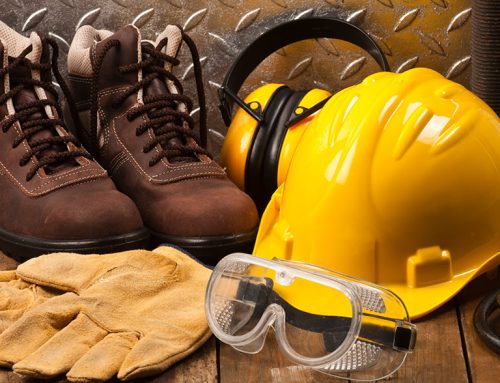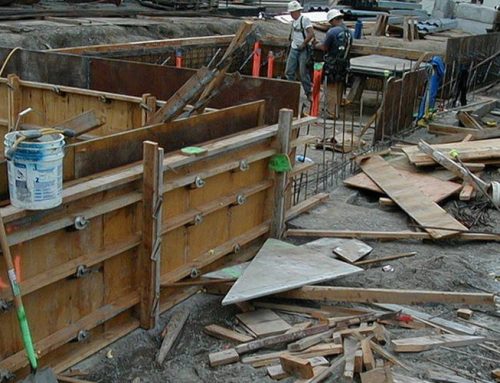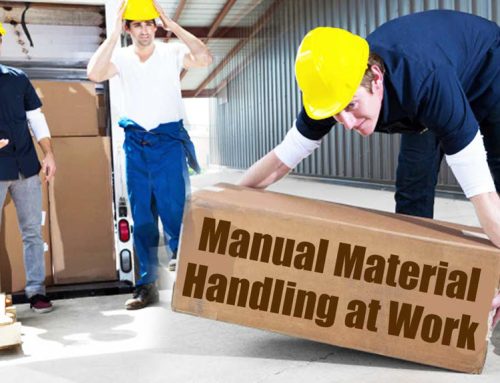What is a COSHH Awareness Toolbox Talk?
The main idea of a toolbox talk is delivering a short talk to the work force so that they can be reminded and kept up to date on relevant health and safety issues. COSHH stands for Control of Substances Hazardous to Health. There is no doubt that hazardous substances can be found across many workplaces and on a lot of sites. An organisation has a legal duty as an employer to decrease any possible risks to its employees’ health. Therefore, they must conduct a COSHH assessment for any substance used on site which is hazardous to health.
Certainly, hazardous substances are required to be treated with care, as they can cause injuries and health issues if not managed properly. Employees health can be affected if they use, or get exposed to hazardous substances in the absence of proper control measures as for example PPE. A COSHH awareness toolbox talk covers risk-assessment, hazards, control measures and secure use of substances hazardous to health. Effective toolbox talks contain relevant everyday safety discussions before a work shift for approximately 5-10 minutes. The topic relevant to the work and audience must be selected each time. There are different ways to select relevant topics, we can for example talk about something linked to an incident from the news, hazards of a new work processes or something that recently took place on the work site. An ideal approach for delivering a toolbox talk is a questioning approach to keep the audience engaged and validating they have understood the topic.
Writing a COSHH Awareness Toolbox Talk
When writing a COSHH awareness toolbox talk, it must be kept in mind that toolbox talks are not given like class lectures. Efficient awareness toolbox talks are designed to provide people with the opportunity to think and talk about health, safety and environmental hazards and controls. Hence, they should be considered as a refresher course, jogging the workforce memory about what they should already know.
An effective COSHH awareness toolbox talk should outline that a COSHH risk assessment must be carried out by a competent person before a substance hazardous to health is used at work. Any substance with a danger warning label has the potential of causing harm to the user if not managed correctly. After going through the risk assessment, the safety data sheets (SDS) and product labels should be read. Hazardous substances can affect our health in various ways if they for example are ingested through contaminated food or cigarettes, inhaled in an environment of harmful dust, fumes or vapors, or Injected through cuts on unclean sharp items.
On construction sites, hazardous substances can include welding fumes, solvent fumes, contaminated ground, asbestos, hardwood dust, epoxy-based paints, concrete admixtures and resins amongst many others. When the task of risk assessment is completed along with the identification of harmful substances and how they can be harmful for the workers, we have to consider how exposure can be eliminated or reduced.
Some of the questions that can be asked to accomplish this are:
- Is it really necessary to use a specific substance, or is a safer substitute is available?
- Can we modify the process to exclude its use of or avoid it creating substances hazardous to health?
If it is not possible to change the substance or process using or generating it, then we need to introduce satisfactory control measures so that the exposure can be reduced. Organisations must be aware of the fact that all risks cannot be excluded or decreased immediately. For that reason, it will be required to prioritize them. Nevertheless, those hazards must be tackled first that have the most severe health risks.
If you need a provide a toolbox talk related to COSHH, then our COSHH Toolbox Talk might be of interest to you.
Alternatively, if you are looking for a range of ready to deliver toolbox talks, then you might be interested in our toolbox talk packages which include range of toolbox talks at a cost effective price.

